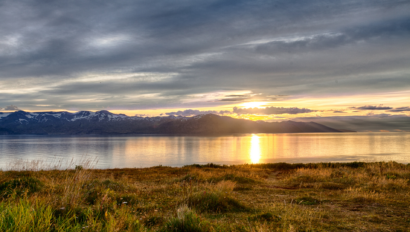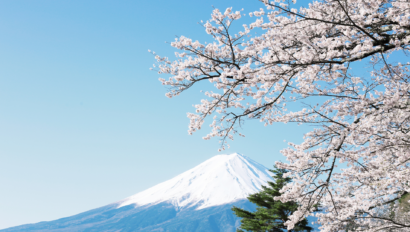5 differences between Costa Rica and the U.S.
When I was considering where to study abroad, I was torn between signing up for the classic experience of gallivanting around Europe, baguette in hand, or going to a country less traveled by college students.
In the end, I went for the second option, choosing to come to a place — Costa Rica — that is more unlike where I grew up and go to school. This study abroad program, at Universidad Véritas in San José, made sense for me because it focuses on two of my interests: Spanish and environmental classes. I was also drawn to Costa Rica because I wanted to experience the wide variety of natural landscapes this country has to offer, including waterfalls, volcanoes, mountains, and beaches on both the Atlantic and Pacific Coast. I hoped, by immersing myself in an environment different from what I am used to, that I would learn more about the world.
After a week in Costa Rica, here are some of the things that are different from my life at home:
The Weather
The weather in San José is quite consistent. It has been in the same comfortable temperature range every day: mid-70s during the day and mid-60s during the night. Some days it is more humid than others, but other than that, I have been amazed by how little the weather has varied every day. It is very unlike the ups and downs of New England weather!!
One thing that is unpredictable, though, is when it will rain. It rains pretty much every day here for at least a little while, since we are in the rainy season; Costa Rica’s winter which lasts from May to November. The weather reports are not a reliable predictor of when the rain will come. On my first full day here, we went on a tour of the city, and the weather said there was a 100% chance of rain the whole time. I brought my raincoat along, and didn’t need it at all because it didn’t rain until later.
Since the weather is so nice, buildings are often somewhat open to the outside. Restaurants leave their doors open. Universidad Véritas has an open building plan where it looks like you are walking inside, but there are open skylights that let the outdoor air (and rain) in. Therefore, the hallways don’t have air conditioning, but the classrooms do. It is nice being more connected to the outside.
Getting Around
When walking around San José, it is important to watch where you are walking because the sidewalks here are very uneven.
There are lots of holes, patches, and spots where the sidewalk has a jagged drop. Between the sidewalk and road, there are deep gutters to manage the rain, that essentially are just holes you need to step over to cross the road. Walking while texting is definitely not a good idea here.
It is also important to cross the road carefully because in Costa Rica, pedestrians do not have the right of way. Some cars will occasionally stop to let you pass, but mostly, they will speed by the intersection where you are trying to cross.
All of the students in my program live with host families near the university. I am only about a five minute walk away from the school. For those who live farther, there is a shuttle that takes a round about every hour.
San José is also very hilly, so you’ll get a great calf workout here!
If you want to go a distance the university recommends that you use Uber. The prices are very cheap. There are buses here too, but they get very busy during rush hour and the time when they come is not very reliable.
The Bathroom
The shower heads work a little differently here. The stronger the stream of the shower, the colder it is. To get warm water, you need to make sure you turn the dial so the water comes out more slowly. You’ll know you’re on the right track when you hear the shower head get louder. If you are used to scorching showers at home, you won’t find that here. But at my host family’s house, the water is warm enough to be comfortable.
Also, instead of dropping toilet paper down into the bowl, people deposit it into a garbage can next to the toilet.
Caution
Pickpocketing and muggings are fairly common in San José. All this means is that you have to be a little more vigilant when walking around. If you are downtown, it is a good idea to wear your backpack on your front. It is also best to walk in groups after dark, which comes around 6 p.m. every night. The university also recommends that you take the shuttle home if you are leaving the school after dark. At night, when going out to bars, you should make sure to take Ubers with friends and text each other when you get home.
These are all things you might do to be careful in Boston, or another major American city, but Véritas really drills them in during your orientation.
The Food
All of the host families provide breakfast and dinner for the students. My host mom runs a traditional Costa Rican restaurant called a “soda,” so she is a very good cook. Often, we have dinner at her restaurant as she wraps up work for the day.
Rice and beans is the staple in Costa Rica. It may be served with scrambled eggs and fried cheese in the morning, or vegetables and meat for lunch or dinner. I am a vegetarian and I was a little worried coming here with my dietary restriction, but my host mom has been extremely accommodating.
Traditional Costa Rican fare is quite healthy and focused on real foods. The amount of processed food in my diet has decreased dramatically since coming here. At every meal, I get full, but not uncomfortably so, and by the time the next meal time comes around, I am ready to eat again.
There are definitely some distinct differences between Costa Rica and the United States that take a little getting used to. But just like everywhere, there are kind people there to help you out.









